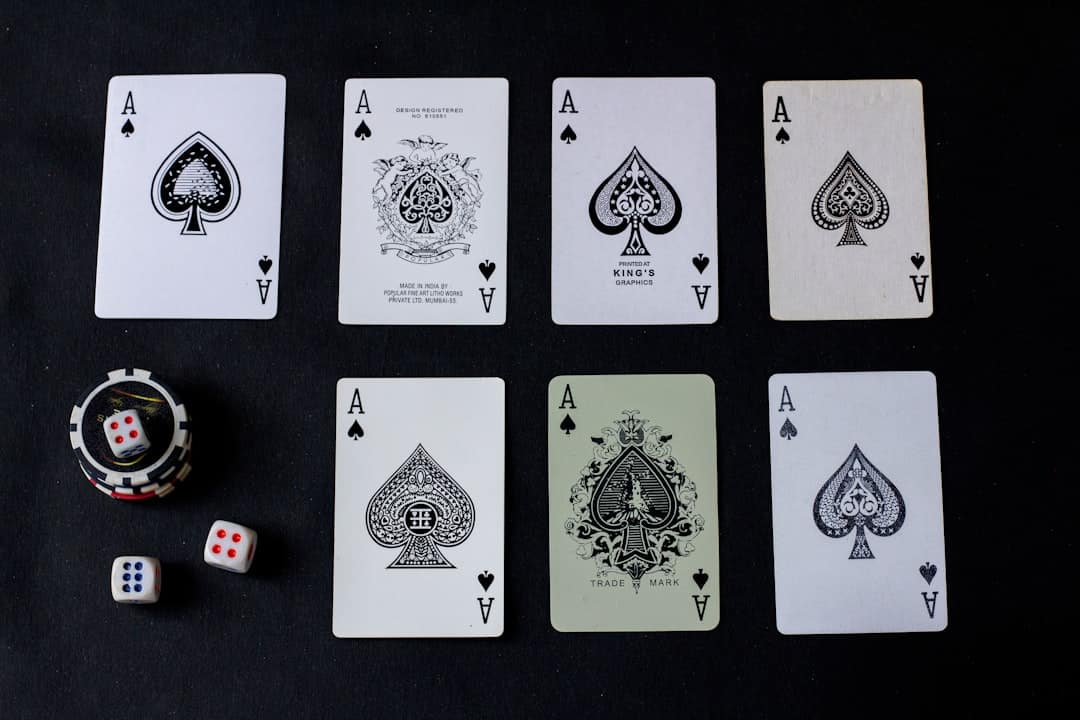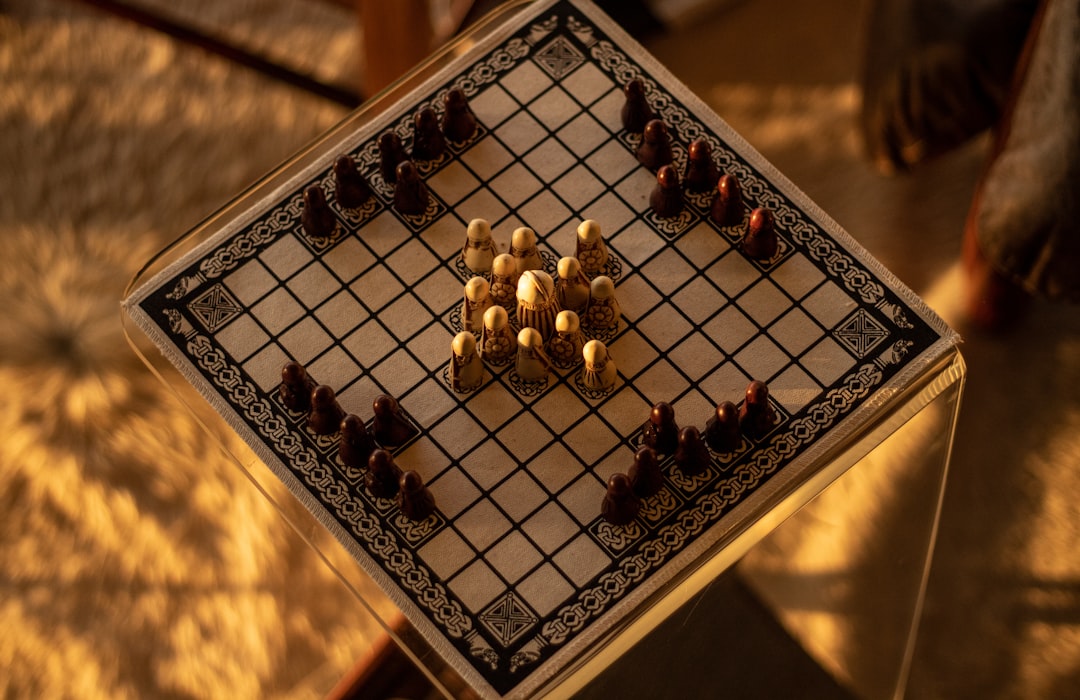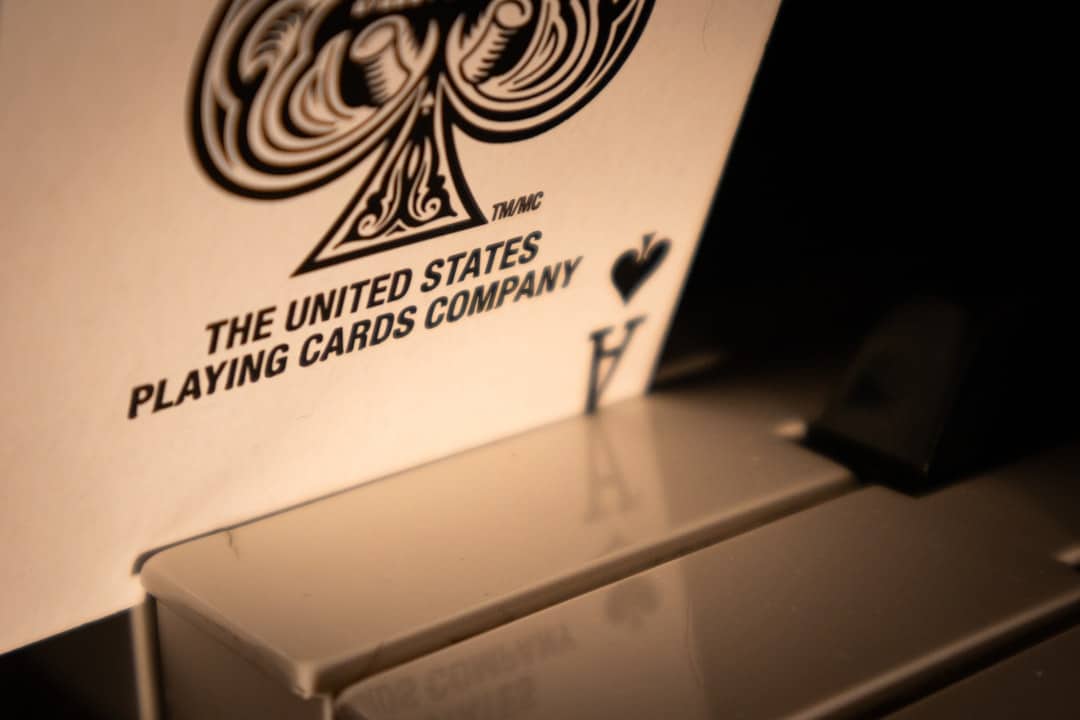In the world of Competitive Elder Dragon Highlander (CEDH), understanding your opponents and the dynamics at the table can greatly influence the outcome of the game. While raw deck power and optimally sequenced plays are crucial, mastering the art of threat assessment and table politics often marks the difference between good players and great ones. The CEDH Database is a vital tool for providing insights into deck archetypes, enabling players to make informed decisions not only during deck building but also while navigating complex social interactions during gameplay.
Contents
Understanding Threat Assessment in CEDH
Threat assessment is the ability to evaluate which players at the table pose immediate or future danger based on their board state, available resources, deck archetype, and their threat potential. In a high-stakes competitive setting, misjudging a threat can hand the game over to an opponent before a response can be mounted.
The CEDH Database categorizes deck archetypes into several tiers and playstyles, helping players prepare for common threats. By knowing what decks are capable of, players can more accurately pinpoint when a deck transitions from “developing” to “threatening.”
- Turbo Combo: Usually tries to win early with reckless speed, often sacrificing interaction in favor of acceleration and protection.
- Midrange Value: Builds incremental advantage with resilient threats and well-timed interactions; threats are more subtle and slow-burning.
- Stax: Slows down the table to a crawl, often hiding its threat level while gradually locking down the game.
For example, a turn one Ad Nauseam deck with a fast mana opening may appear obviously threatening, but a table full of reactive decks may also face a hidden threat in a Stax deck that’s one turn away from deploying a lock piece.

Reading the Table
Identifying the strongest position at the table means evaluating multiple variables such as:
- Number of cards in hand
- Mana available (both permanent and temporary)
- Presence of combo pieces or synergistic engines
- Likelihood of holding counterspells based on prior plays or deck archetype
These factors, when combined with knowledge pulled from the CEDH Database and experience, allow a perceptive player to make educated assumptions. If a player is sitting on seven cards without committing to the board while everyone else is tapped out, odds are that player has reactive spells and should be considered a high-priority watch.
Table Politics in CEDH: Myth or Meta?
Historically associated with casual Commander, table politics are often downplayed in the competitive scene. However, in high-level play where every action can shift the win-con balance, table politics become a subtle but extremely important skillset. Unlike casual play, however, CEDH table politics rely more on implied threat and strategic alliances rather than roleplaying or leverage through bluffing.
CEDH politics often manifest as:
- Temporary Alliances: Collaborating to stop a combo, agreeing to share resources like protection or hate pieces, or redirecting heat toward stronger threat players.
- Information Sharing: Voicing known cards from previous reveals, suspected threats in others’ hands, or what lines are open to a potential win.
- Intentional Misdirection: Influencing other players to use interaction prematurely or on the wrong target.

Utilizing the CEDH Database to Inform In-Game Decisions
While the CEDH Database is primarily a resource for deck selection and metagame understanding, its real-time application during games is often underestimated. Consider these strategies:
- Deck Familiarity: Recognize key pieces, main win cons, and protection suites of others at your table. Knowing what a Najeela deck can do with five untapped mana helps in assigning threat priority.
- Predictability Patterns: Many decks adhere to popular playlines. The Database often highlights these tendencies, letting you see where other players are likely headed.
- Power Level Awareness: A better understanding of power differentials makes it easier to gauge whether a deck has run out of steam or is merely sandbagging.
Best Practices for Threat Management
Threat management is not simply about choosing who to counter or attack; it’s a process of keeping the table balanced while creating a window for your own win. Some best practices include:
- Be selective with your interaction: Don’t waste a Counterspell on the first minor threat. Hold it for when it truly matters, unless your life total or board is at risk.
- Verbalize your rationale: Explaining your moves (“I’m hitting him because he has Dockside + Breach in play”) can reduce retaliatory targeting and build table empathy.
- Use politics to divide attention: If all eyes are on you, redirect that energy. Point out hidden combos or recall game-winning lines available to others.
Remember: in CEDH, most players won’t just stop you out of spite. They want to win too, and can often be persuaded to act in their best interests—even if those interests also benefit you.
Integrating Threat Assessment into Deck Construction
Good deck building considers not just your own combo lines, but also how your deck presents threats. This involves thinking about:
- Board perception: Does your deck signal “threat” even when it’s not close to winning? You may want to adjust win cons or tutors to be more discreet.
- Win window creation: Use cards that open small timing opportunities where other players are exhausted or distracted.
- Synergistic disguise: Blend power and subtlety — sometimes being underestimated is your best advantage.
Conclusion
Threat assessment and table politics in CEDH aren’t optional skills — they are critical components of competitive success. By using the resources provided by the CEDH Database and combining them with soft skills like communication, misdirection, and strategic alliance building, players can refine their gameplay to not only build powerful decks but also master the art of survival and dominance on the battlefield.
Frequently Asked Questions
- Q: Is it important to memorize the CEDH Database?
A: While memorizing every deck isn’t necessary, familiarizing yourself with tier-1 decks and their core strategies will make threat assessment much easier. - Q: How do I improve at threat assessment?
A: Practice is key. Review games, study lines of play, and seek feedback from other skilled players. Watching tournament footage and analyzing major plays also helps. - Q: Are table politics considered bad etiquette in CEDH?
A: No, as long as it’s done respectfully. Coordinating with the table and influencing decisions is part of the strategic depth of the format. - Q: Can I use the CEDH Database mid-game?
A: It’s ideal to study it before tournaments or casual pods, but referencing it discreetly during casual play isn’t frowned upon if time allows. - Q: What are common mistakes in threat assessment?
A: Tunnel vision (focusing on one player), underestimating drawn cards, and mistaking tempo for threat are all commonly made errors.

